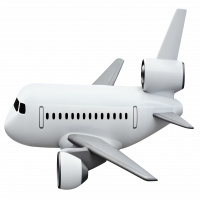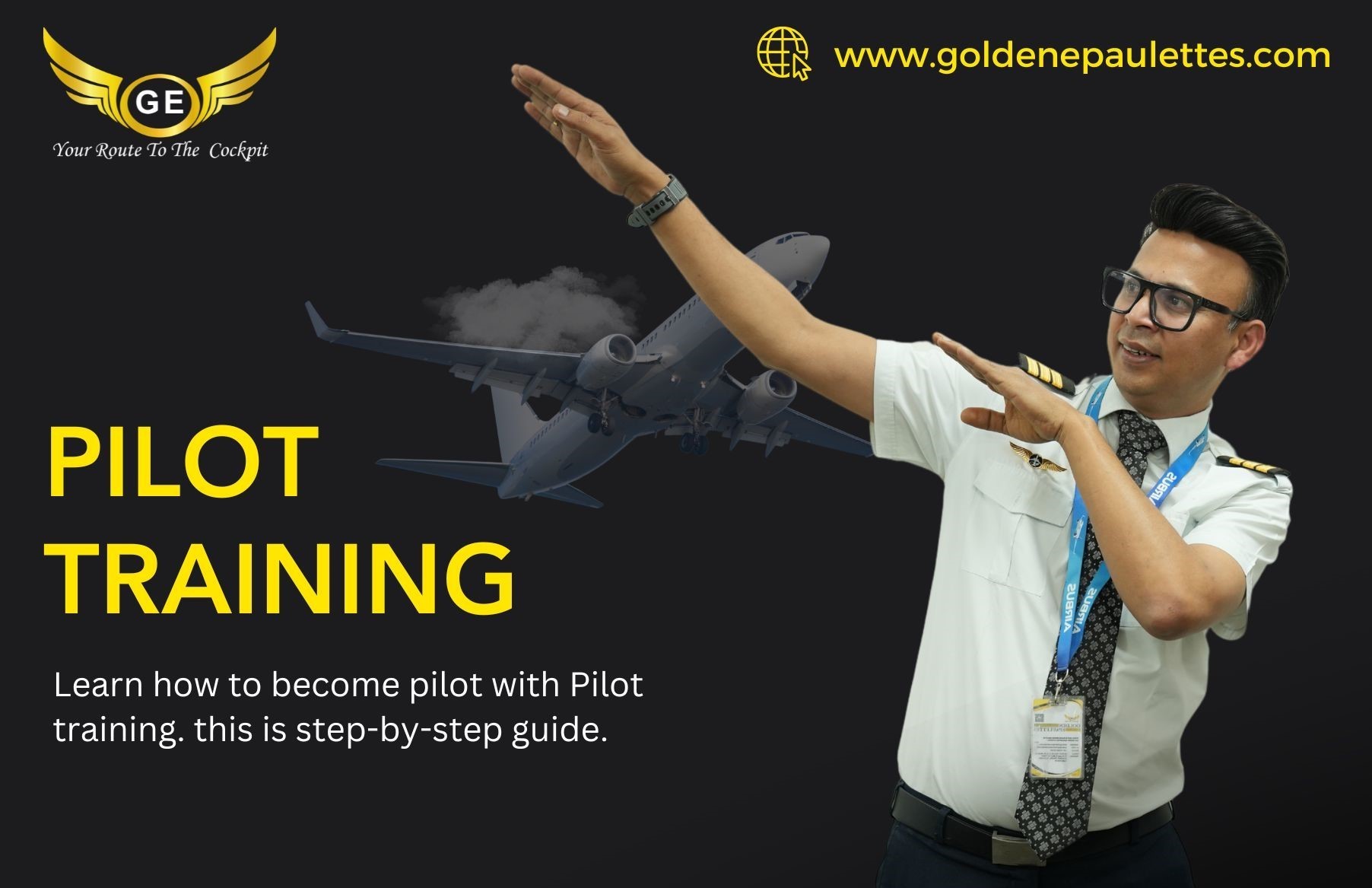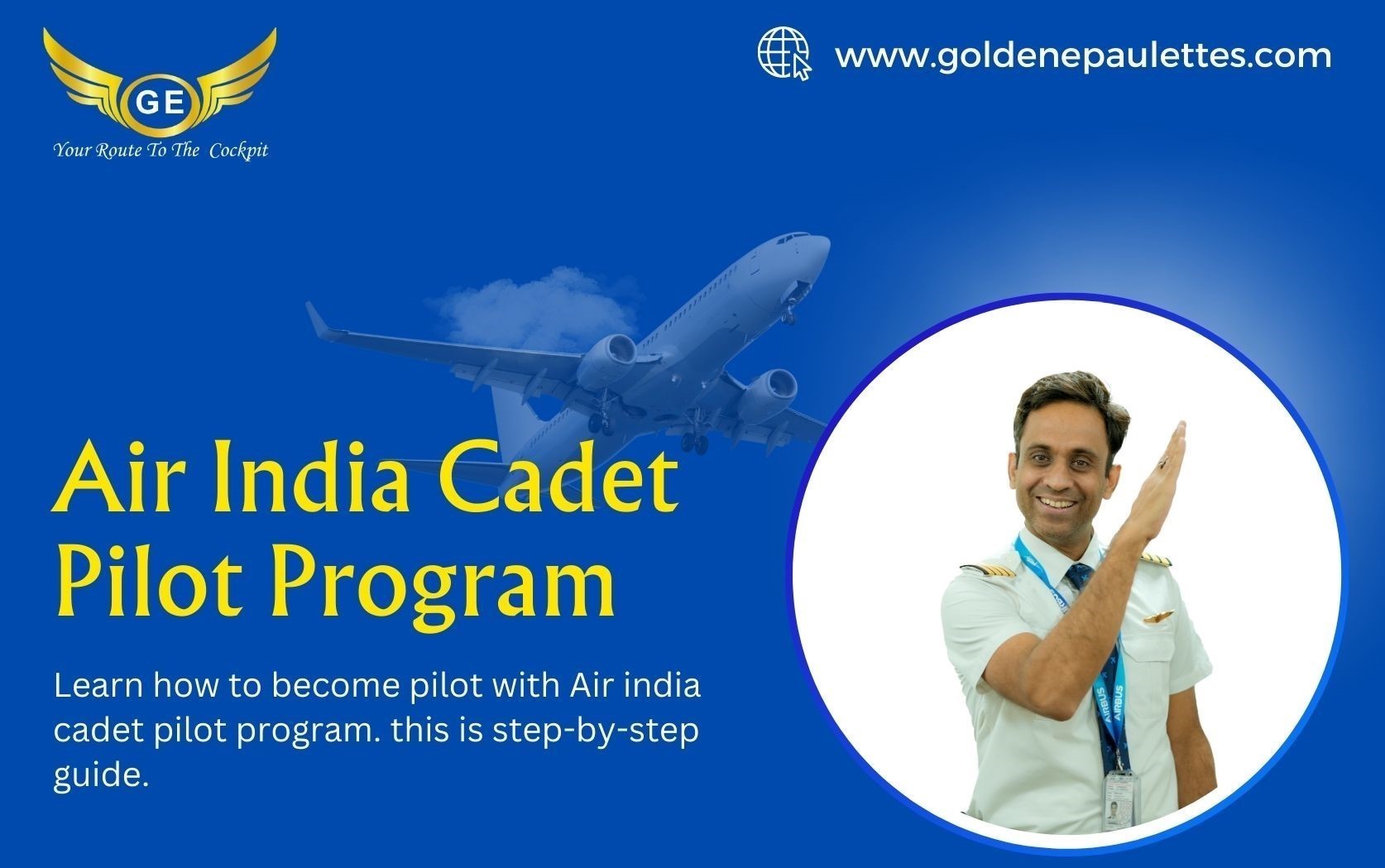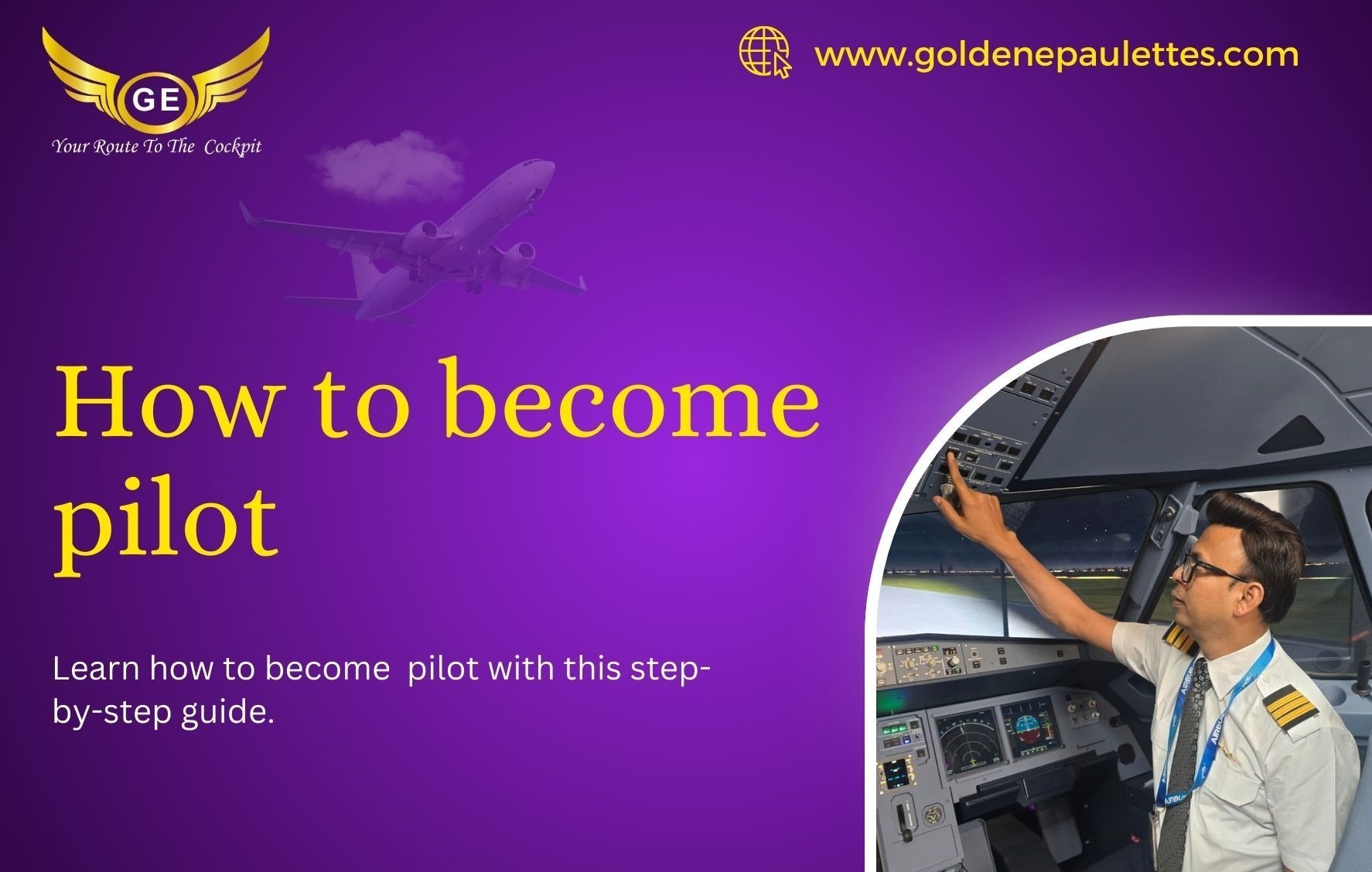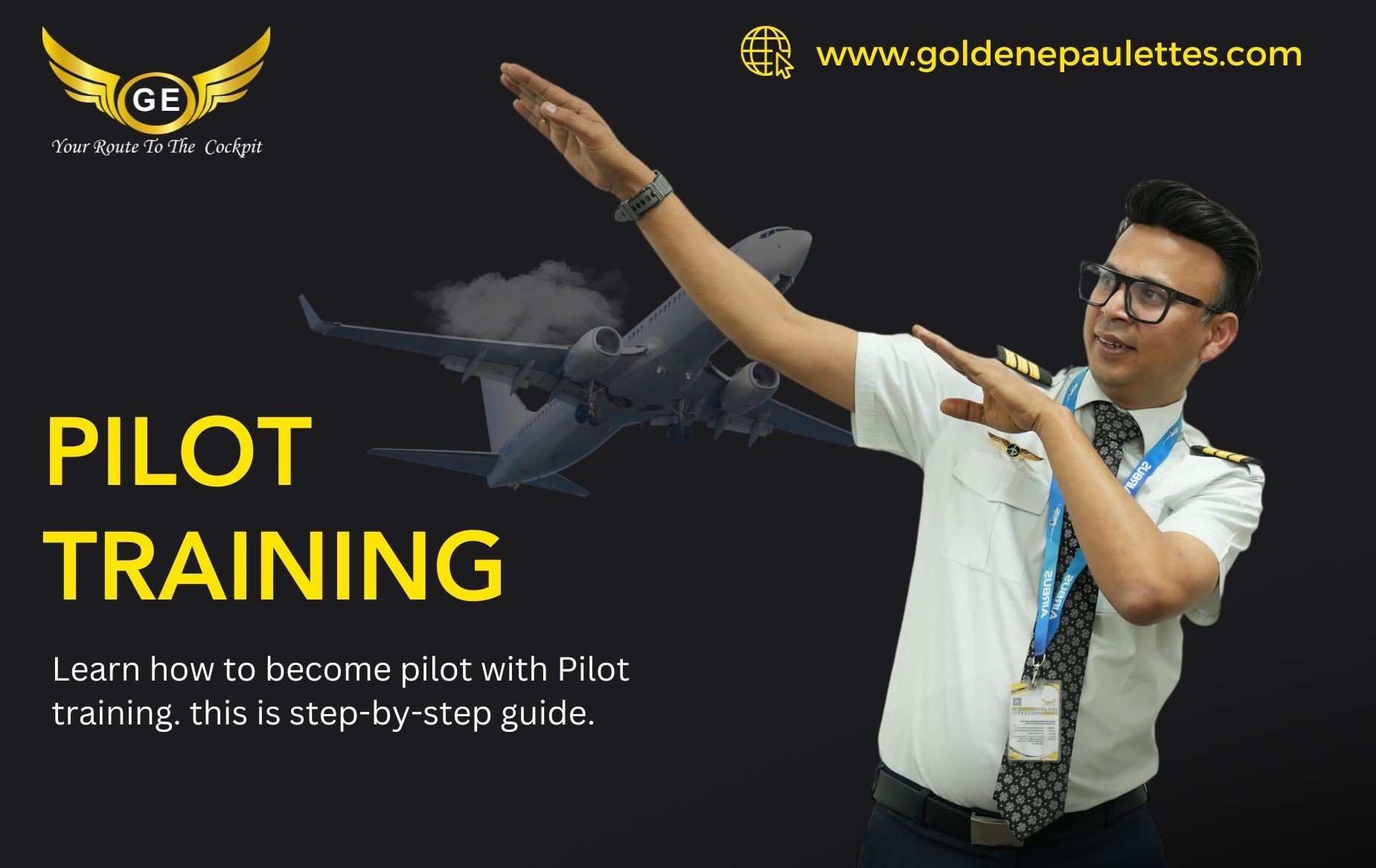Step-by-Step Guide on How to Become a Pilot in India
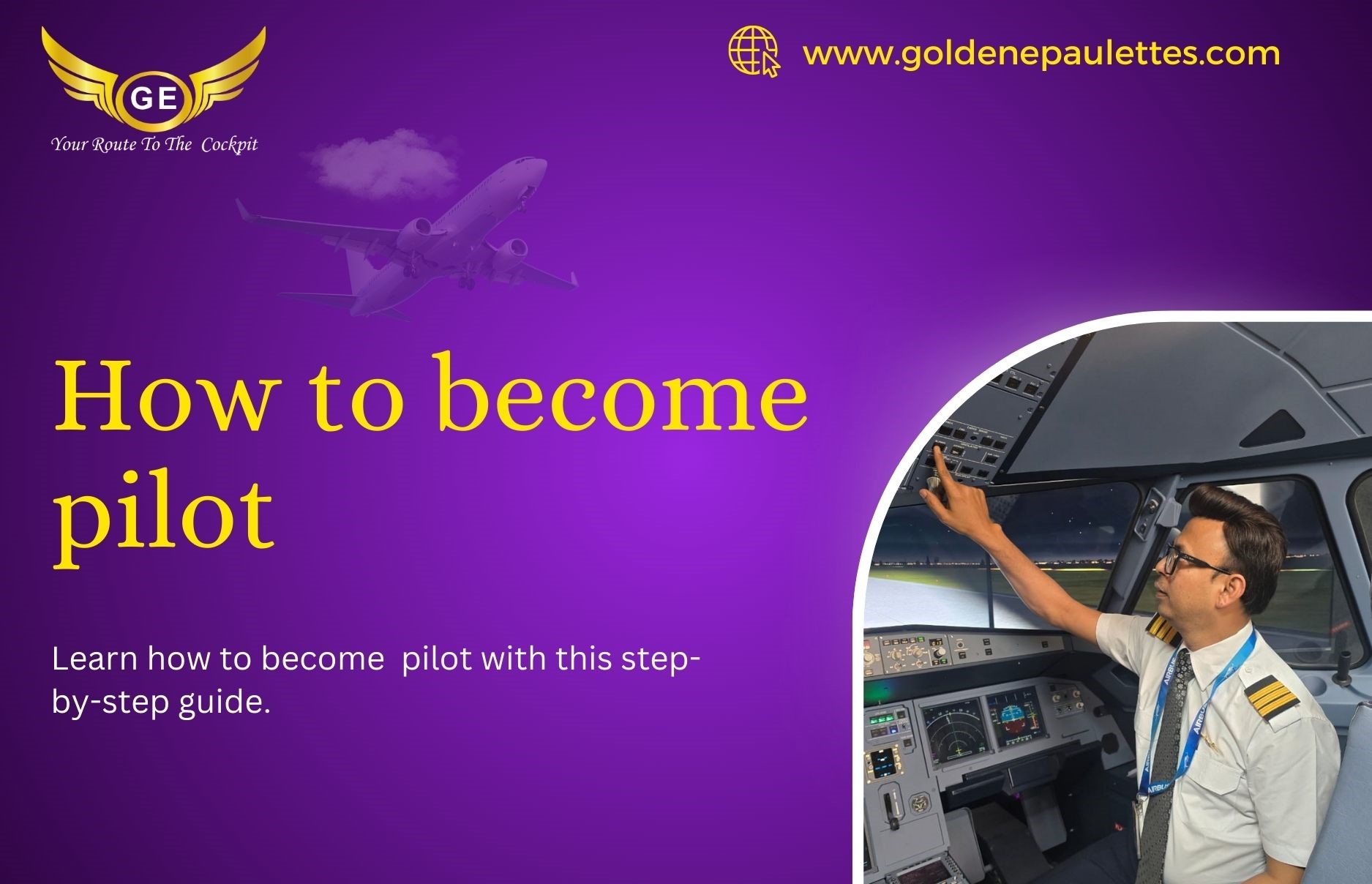
Strong 8k brings an ultra-HD IPTV experience to your living room and your pocket.
Becoming a pilot is a dream for many, and turning that dream into reality requires dedication, planning, and the right training. Whether you aim to fly for airlines, charter companies, or as an instructor, understanding the steps to become a pilot is the first step in your aviation journey.
Step 1: Meet the Eligibility Criteria
Before you start your training, ensure you meet the basic eligibility requirements. In India, to begin pilot training, you must have completed your 10+2 education with Physics and Mathematics. You must be at least 17 years old and medically fit as per DGCA (Directorate General of Civil Aviation) Class 2 and later Class 1 medical standards. Proficiency in English is also essential since aviation communication is conducted in English globally.
Step 2: Choose a Recognized Flying School
After meeting the educational and medical requirements, the next step is choosing a DGCA-approved flying school. Selecting a reputed institution is crucial, as the quality of instruction and aircraft fleet will directly impact your training experience. Compare facilities, training modules, placement records, and reviews before enrolling.
Step 3: Enroll in the Student Pilot License (SPL) Program
Your journey to becoming a pilot begins with obtaining a Student Pilot License (SPL). This license allows you to start flying under supervision and is your gateway to further training. As you progress through SPL training, you’ll also begin learning about aviation regulations, aircraft systems, and basic flying techniques.
Once you have sufficient hours and pass required exams, you can move toward earning your how to become pilot certifications, including the Private Pilot License (PPL) and ultimately the Commercial Pilot License (CPL).
Step 4: Complete Ground School and Flying Hours
Pilot training is divided into two parts: ground school and actual flight training. Ground school includes subjects such as navigation, meteorology, air regulations, and aircraft technical knowledge. In parallel, you'll need to complete a minimum of 200 hours of flying to apply for a CPL. These hours include solo flights, cross-country flying, night flying, and instrument training.
Step 5: Pass the DGCA Exams
To obtain a CPL, you must pass the DGCA’s written exams and flying checks. The written exams cover all subjects taught during ground school, and the flying check assesses your ability to handle an aircraft confidently and safely in various scenarios. Consistent preparation and practice are vital during this stage.
Step 6: Apply for Commercial Pilot License (CPL)
Once you've completed the flying hours and passed all required exams, you can apply for your CPL. This license allows you to work professionally as a pilot. Make sure all your documentation, medicals, and logbooks are in order for submission.
Step 7: Get Type Rating and Build Experience
After getting your CPL, many pilots choose to undergo type rating—specialized training to operate large commercial aircraft like the Airbus A320 or Boeing 737. Type rating is often a requirement for airline jobs. You may also start working as a flight instructor to gain experience and build flying hours.
Conclusion
Becoming a pilot is an exciting and structured journey that requires dedication, planning, and a clear understanding of each step involved. Following the steps above can put you on the path toward your aviation career. If you're serious about how to become pilot, start planning early and choose the right training institution to support your goals.
Note: IndiBlogHub features both user-submitted and editorial content. We do not verify third-party contributions. Read our Disclaimer and Privacy Policyfor details.

